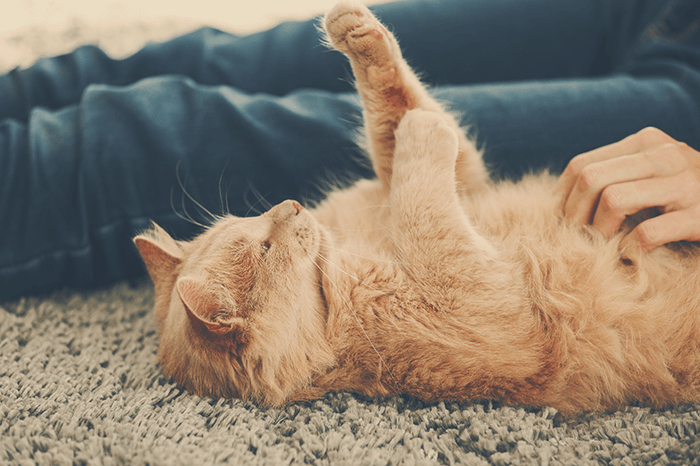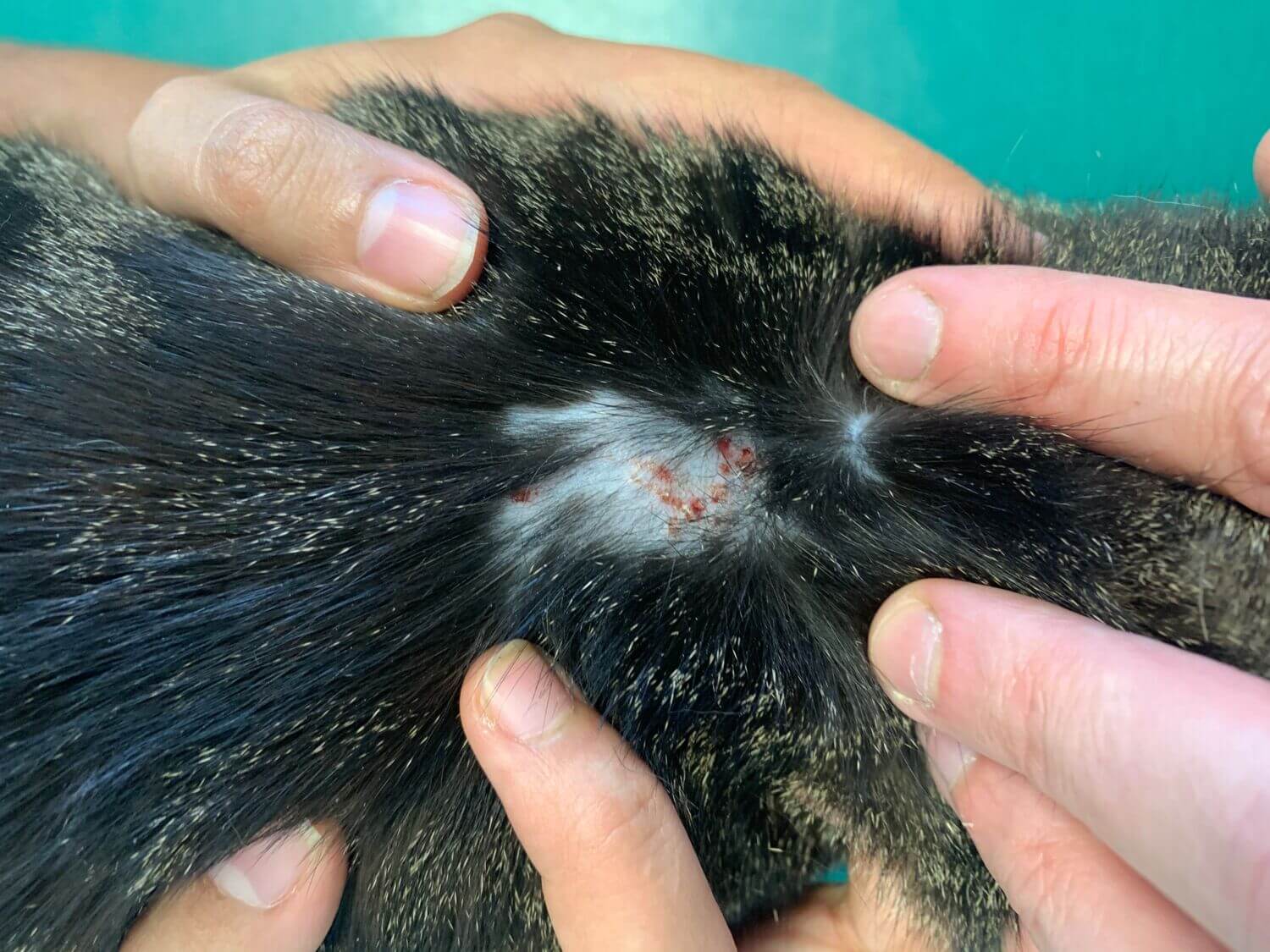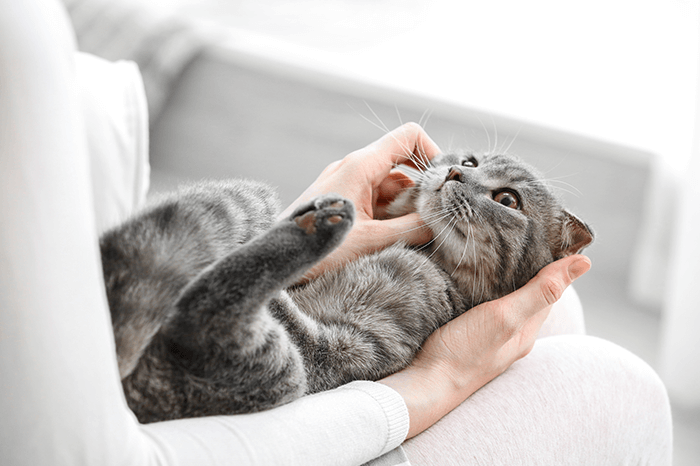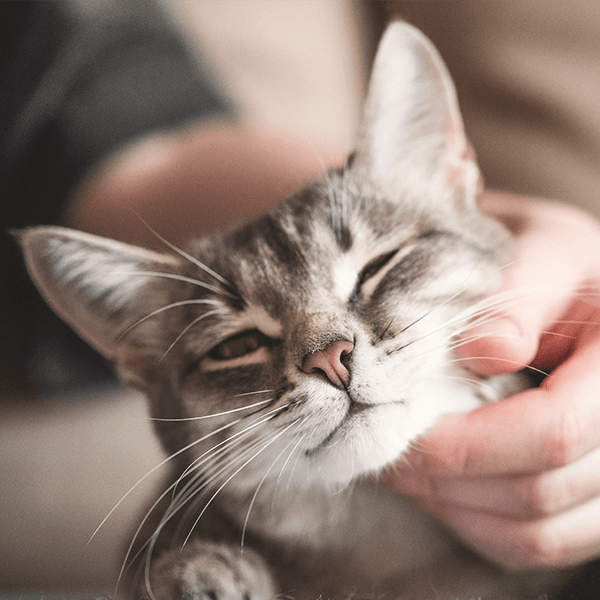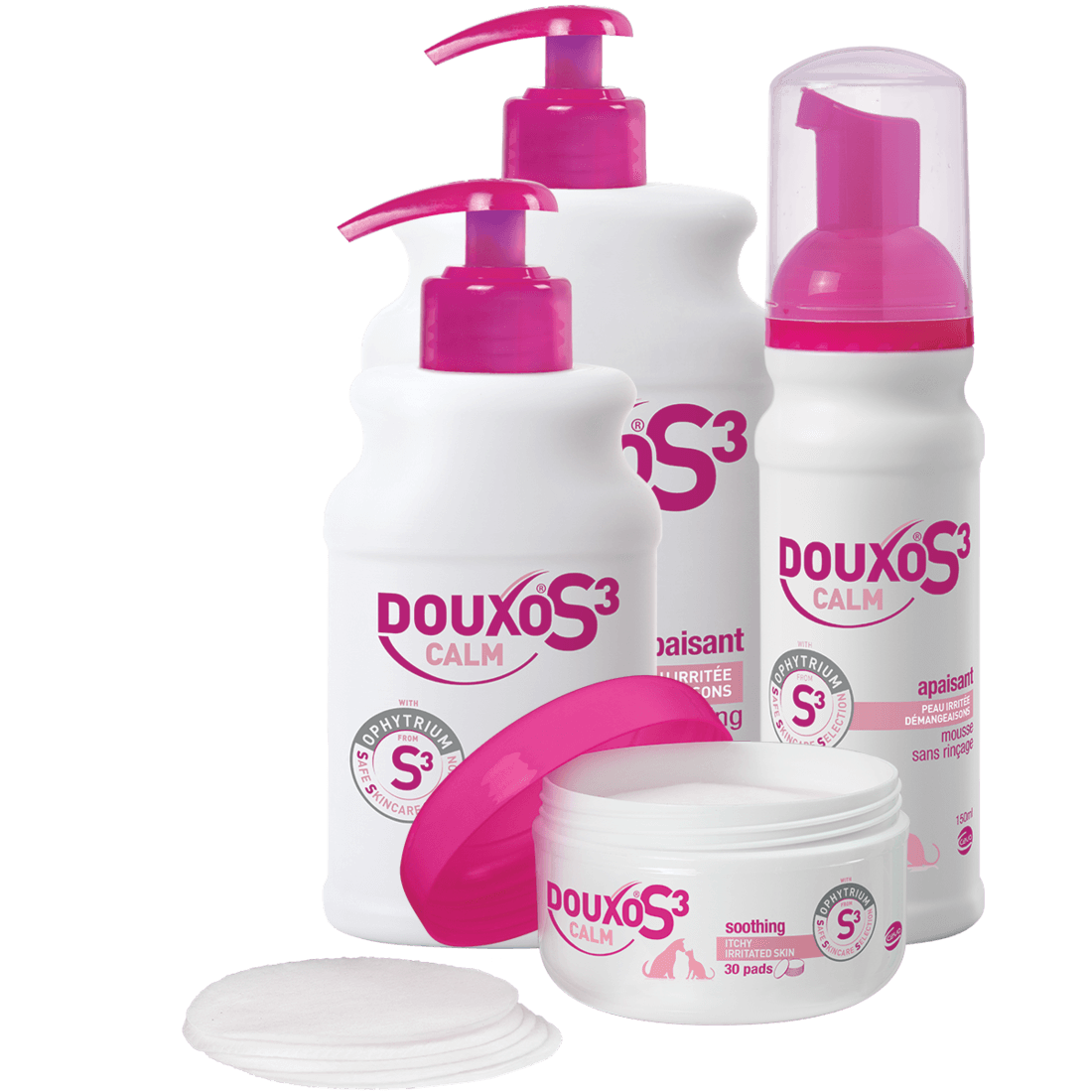All about miliary dermatitis in cats
Marina G VeterinarianMiliary dermatitis is probably the most known skin presentation, unfortunately not specific to one disease. But whatever the cause, it needs to be investigated and treated as it is very itchy and can alter you cat quality of life
Cats are excellent at self-care, they groom themselves fastidiously. This is why we don’t often see the same simple skin issues that dogs are challenged with. But on the other hand, the very early signs of skin damage such as dandruff are removed quickly by the cat itself. So owners can miss the early warning signs and are therefore not aware that there is a more serious underlying process that requires the attention of the vet.
Miliary dermatitis is an incredibly itchy skin condition that can make your cat uncomfortable, affecting their quality of life. It’s notably caused by an allergic reaction to something, most notably, fleas, but also food or environmental factors. So, what can alert you to this possible condition and prompt a vet visit?
What are the signs of miliary dermatitis in cats?
If you notice your cat only scratches around their face, head, neck, shoulders, along the midline of the back and over the rump towards the tail, and has a rash, scabby skin or raised red bumps with crusts around the same areas, or they are rubbing their face more frequently, then they are probably suffering from miliary dermatitis. Miliary dermatitis describes one of the most common skin reaction patterns in cats; skin lesions that are just a few millimetres in length and shaped like a grain of millet.
Cats with military dermatitis are likely to constantly groom themselves, also biting and scratching at the skin, which is what causes the lesions. Hair loss may also be noted, along with secondary infections caused by the cat when scratching.
What causes miliary dermatitis in cats?
Miliary dermatitis is commonly caused by an allergic reaction. The most common cause in cats is a flea allergy (known as flea allergic dermatitis). In cases of flea allergic dermatitis, cats have a severely pruritic (itchy), inflammatory response to flea saliva, and all it takes is one bite to trigger a reaction. Other causes include food allergies as well as environmental allergies (pollens, storage mites, moulds, etc.) .
Other conditions that may present with miliary dermatitis include ringworm (a fungal infection), some mites, and less commonly a deficiency in essential fatty acids (EFAs), some auto-immune diseases and mast cell tumours.
When to see a vet?
If you notice any signs of skin problems with your cat, don’t delay in booking an appointment with your vet. The first thing to rule out is a parasite problem – mainly fleas, but your vet will also want to rule out other parasites such as several species of mites. Your vet will check your cat’s coat for signs of parasites and take diagnostic samples (tape strips and skin scrapes). If parasites are ruled out, the next thing your vet is likely to consider allergies.
How is miliary dermatitis treated in cats?
Topical products to soothe itchy skin and strengthen the skin barrier ecosystem
Topical products such as soothing shampoos, mousses or pads, can be used at home to bring relief to your cat, soothe irritations and strengthen the damaged skin barrier. DOUXO® S3 CALM line including shampoo, mousse and pads is designed to relieve your cat’s skin with products very pleasant and convenient to use. Shampoo and mousse are complementary: the shampoo cleanse the skin, removed crusts, debris, allergens while the mousse brings the ingredients for a longer direct skin contact. For more reduced areas, Pads are very convenient to use.
Drugs to relieve itchiness and inflammation
There are many medications that can be successfully used to reduce itchiness and inflammation, such as corticosteroids, cyclosporine, essential fatty acids,and antihistamines in case of mild pruritus. Your vet will put together the most appropriate treatment plan for your cat.
Treatment of secondary infection
Where self-trauma has damaged the skin to the extent that a secondary infection is present, your vet may need to prescribe further solutions such as antiseptic products like DOUXO® S3 PYO. If the infection is caught early on, it may be possible to just treat the skin with products that soothe the skin and reduce the itch, allowing the infection to resolve naturally.
Treatment of the underlying cause
In the majority of the cases, miliary dermatitis is caused by allergies. Don’t hesitate to read our article dedicated to felines allergies.
- Flea allergy dermatitis: in cases of flea allergy dermatitis, keeping your cat up-to-date with regular parasite treatments is crucially important. As part of this regime, it’s vital to treat other animals in the household too, along with the environment itself
- Food allergies: this condition is easy to manage when the allergen is identified, avoiding diets that include that ingredient in future. Your vet will talk you through how the food trial works
- Mites: depending on the mite involved, your veterinarian will prescribe you the most appropriate treatment
- Ringworm: depending on the case, your veterinarian will recommend clipping the hair, use of topical products and/or pills.
Protect your cat’s skin from further damage
Alongside treating signs and itch, you might find it useful to prevent the cat from traumatising and further damaging the skin while scratching or licking the area. This can be as simple as using a buster collar to protect the ears, head and neck area if that’s the affected region. Or use a pet shirt to cover and protect the torso and stomach. Baby clothing also works well if you have any handy. You can also protect the skin by making sure the nails are trimmed and kept smooth.
What is the prognosis for a cat with miliary dermatitis?
In most cases, the prognosis is really good as long as the identified cause is removed or avoided long term, for example, through regular flea control or avoidance of diets containing certain ingredients. Your vet will work on a tailored plan for your cat and their own circumstances to ensure they can live a comfortable, healthy life.


